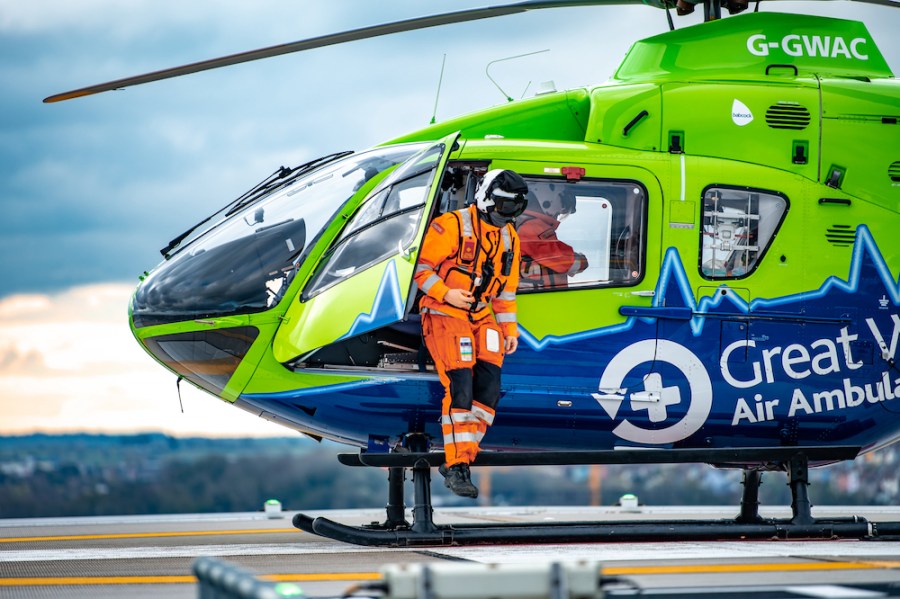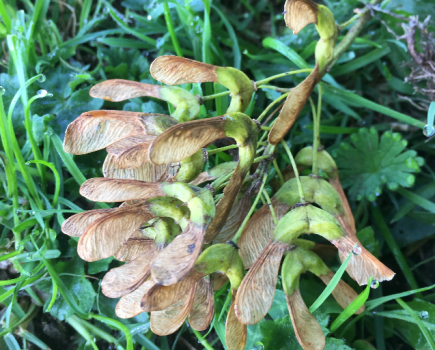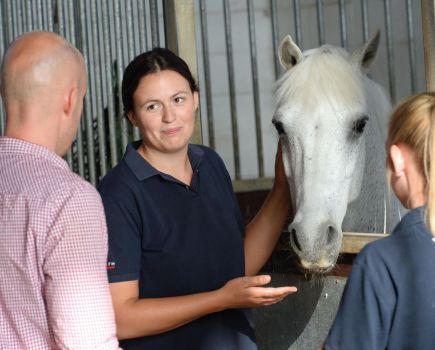At some point in your riding career, you will hear of or witness an Air Ambulance landing at a show or event, or even a local yard or hacking route, to provide urgent medical care to an injured horse rider. Many riders will also require the emergency service themselves, as was the case for Sallyanne, who was paralysed in a fall at a riding club event.
In 2023 alone, nine of the Air Ambulance’s 21 charities attended more than 208 injured horse riders. As part of Air Ambulance Week (9-15 September 2024), organised by Air Ambulances UK, they are advising equestrians what you can do to prepare for the helicopter’s arrival and how to keep yourself (and your horse) safe.
On average, each mission costs the Great Western Air Ambulance Charity (GWAAC) around £2,200 to attend, while the average cost throughout the UK is £4,110*. The charities receive no government funding and depend on public donations.
Air Ambulance Week is the only week of the year dedicated to raising awareness and funds for the charities’ life-saving work.
Advice for horse riders
Advanced Clinical Practitioner in Critical Care Vicki Brown, and pilot Richard MacLaughlin, both from GWAAC, have shared the following advice for what to do when the helicopter lands in a location with horses.
Following these simple tips will help to keep you safe and give confidence to the Air Ambulance crew that they are ready and able to do their job of getting to that patient as quickly as possible.
Know your location
When you call the emergency services, give the 999 Call Hander as accurate a location as possible. Use What3Words if you have GPS. This is particularly important if you are in the middle of a field and not near a road.
Stay with the injured rider
While waiting for the air ambulance to arrive, stay with the injured person if it is safe to do so and keep them warm if they’re still on the ground.
Use whatever you have to hand: clothing, horse rugs, tarpaulins for example.
Landing site
When the air ambulance comes in to land, the pilot and crew will look for a landing site as near to the patient as possible that has no obstacles or hazards.
A big field with no horses or livestock either in it or adjacent to it is ideal.
“What I’m looking for when selecting a landing site is primarily to avoid human injury, but horse welfare is also a big factor,” says Captain Richard MacLaughlin, a pilot for the Great Western Air Ambulance Charity.
Take the horses away
Horses spook easily and can be unpredictable. If horses and animals can be moved inside, please do so.
No horses should be ridden in the vicinity. Dismount if you are unable to vacate the area.
Move out of the way
Don’t stand in a field where you want the air ambulance to land because it won’t be able to. Instead the pilot will need to find another suitable landing site.
If you cannot vacate the field, please move to the edge.
Outdoor arenas
Outdoor arenas are not always good to land in as they can be full of loose objects such as jumps, poles and sometimes the patient.
The helicopter creates a strong downwash and the arena’s surface can blow up as well as send loose objects flying
Discovering an incident
If you come across an incident unrelated to your or your yard, such as a road traffic collision, hand the situation over to someone else if possible so that you can leave the scene with your horse.
If no one else is around to help, wearing high vis will make it easier for the Air ambulance and emergency services to locate you.
In this situation, please make it obvious to the emergency services that there are horses nearby.
If you are riding, dismount.
Don’t approach the helicopter
When the air ambulance lands it will need time to shut down. Please don’t approach the helicopter until the blades have stopped turning and the pilot has left the aircraft.
It is better to wait for the crew to come to you.
Preparing for take off
When you see the helicopter preparing for take-off, please follow the same tips as for landing.
When the patient is boarded onto the helicopter, a smooth and fast departure is essential to ensure the patient is taken to hospital as quickly as possible.
Funding frontline emergency services
During Air Ambulance Week, air ambulance charities are delivering the vital message: “Today’s Supporter, Tomorrow’s Lifesaver.”
There are 37 air ambulance helicopters in the UK operated by 21 air ambulance charities.
They provide pre-hospital care support to the NHS and form an important part of the UK’s frontline emergency services.
“Anyone anywhere in the UK can become a patient at any time. The message, “Today’s Supporter, Tomorrow’s Lifesaver,” reminds us that by becoming a supporter today, you can help save lives tomorrow,” said a statement from Air Ambulances UK.
*Cost varies depending on geography, patient need, clinical and operational models of the local air ambulance charity.
To show your support for Air Ambulance Week, you can make a one-off donation to Air Ambulances UK or get in direct contact with your local air ambulance charity.
Find out more about GWAAC.
Main image of Great Western Air Ambulance supplied by Air Ambulances UK









